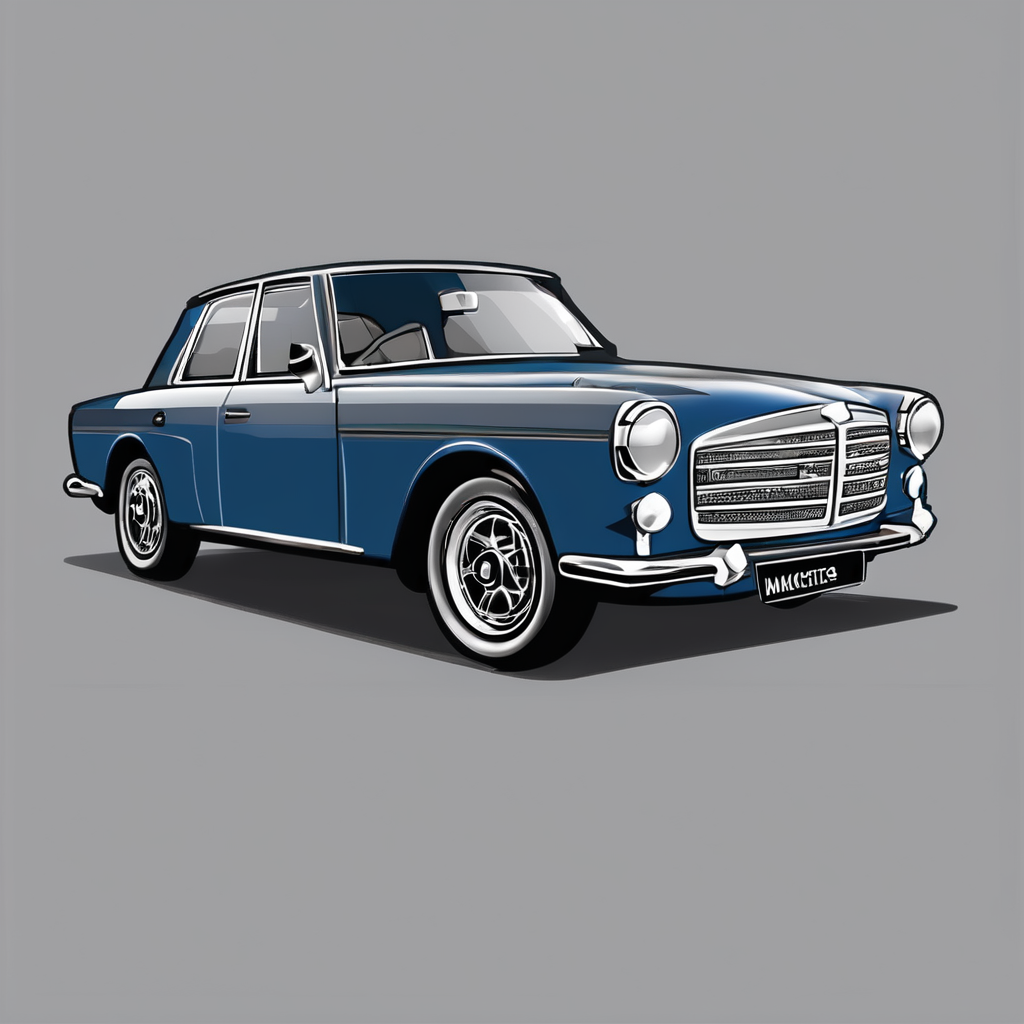Proven Strategies to Extend the Lifespan of CV Joints
Maintaining CV joint durability begins with regular inspection. Checking the protective boot covers for cracks or leaks can prevent dirt and moisture from entering the joint, which are common causes of premature wear. Timely lubrication is equally important; lubricants reduce friction and heat, protecting the joint from damage during operation. Applying the correct grease at recommended intervals significantly aids in extending CV joint lifespan.
Using high-quality replacement parts is another essential practice for vehicle owners. Premium boot covers and joints are manufactured to tighter tolerances and with better materials, ensuring longer-lasting protection and performance. When a CV joint needs replacement, opting for OEM or reputable aftermarket components ensures reliability and durability.
This might interest you : Unlocking the art of clutch feel: your ultimate guide to tuning free play in manual cars
Finally, effective vehicle maintenance tips include consistent cleaning of the undercarriage to prevent debris accumulation around the CV joints. Avoiding excessive loads and aggressive driving reduces stress on the joints, helping to preserve their functionality. Following these steps reliably maximizes CV joint durability and keeps the vehicle operating smoothly for longer.
Understanding CV Joint Failures and Their Causes
The common CV joint problems often stem from several identifiable causes. One primary reason behind CV joint failure causes is the deterioration or damage to the protective boot. When the boot cracks or tears, dirt and moisture infiltrate, leading to accelerated wear. This exposure causes the grease inside to leak out, resulting in inadequate lubrication and eventual joint failure.
In parallel : Pet-friendly travel: essential safety tips for a focused journey
Signs of CV joint wear typically include a distinct clicking or popping sound during turns, vibrations while driving, and grease splattered around the wheel area. These signs of CV joint wear indicate the joint’s internal components are compromised and need immediate attention.
Environmental factors also play a crucial role in CV joint health. Harsh conditions such as salty roads in winter or prolonged exposure to dirt and debris increase the risk of damage. Frequent driving in these environments without proper maintenance exacerbates wear and tear, accelerating CV joint failure causes.
Improper driving habits, such as abrupt acceleration, hard cornering, or excessive load on the drivetrain, put additional stress on the CV joints. These actions contribute to premature damage by increasing friction and strain beyond the joint’s design limits.
Understanding the interplay between these factors helps in diagnosing and preventing premature failure. Regular inspection of the protective boot, mindful driving, and timely maintenance are vital to extending CV joint lifespan.
Professional Maintenance and Early Detection Methods
Early detection of CV joint issues plays a crucial role in preventing costly repairs and ensuring vehicle safety. A thorough CV joint inspection begins with a visual and tactile examination of the joint’s rubber boots for cracks, tears, or leaks, which can allow dirt and moisture to enter, causing damage. During inspection, look for grease splatters around the wheel area, a clear sign of boot failure.
Regular preventive maintenance is essential. Experts recommend professional servicing every 30,000 to 50,000 miles, but this interval can vary by vehicle model and driving conditions. During these service appointments, mechanics conduct detailed assessments that include checking for unusual noises—such as clicking or popping sounds when turning—that often indicate joint wear.
Utilising advanced diagnostic tools enhances accuracy in identifying CV joint problems early. Techniques such as vibration analysis and computerised scanning can detect subtle irregularities imperceptible to manual inspection. This technology enables technicians to monitor joint health over time and recommend timely repairs or replacements before failure occurs. Implementing these methods ensures longevity and optimal performance of your vehicle’s driveline.
Essential Products and Best Practices for CV Joint Care
Maintaining CV joint health hinges on using the right combination of CV joint grease, protective boots, and recommended CV joint products. These components work together to ensure longevity and optimal performance. First and foremost, selecting a high-quality CV joint grease is critical. This grease must withstand extreme pressures and temperatures while providing excellent lubrication to minimize wear and tear on the joint surfaces.
Equally important are the protective boots designed to shield the CV joints from dirt, water, and other contaminants that could cause premature failure. These boots should be made from durable, flexible materials and installed correctly to maintain a tight seal. Improper installation or damage to the boots often leads to grease leakage and contamination, resulting in costly repairs.
In addition to grease and boots, consider aftermarket protective products that add an extra barrier against dust and debris. These products help extend the life of the CV joint by preventing abrasive particles from compromising the joint’s integrity. By combining carefully selected CV joint grease, high-quality protective boots, and supplemental products, vehicle owners can ensure their CV joints remain well-protected and efficient for longer periods.
Warning Signs and Safety Precautions for At-Risk CV Joints
Identifying CV joint warning signs early is crucial to prevent costly repairs and ensure vehicle safety. Common indicators include a distinctive clicking or popping noise when turning, especially during sharp maneuvers. Additionally, vibrations or shuddering during acceleration can signal a worn or damaged CV joint. Visual signs such as torn or cracked CV boots expose the joint to dirt and moisture, accelerating wear and potential failure.
Practicing safe driving habits helps minimise further damage to vulnerable CV joints. Avoiding aggressive acceleration, sudden sharp turns, and driving on rough or uneven terrain excessively can preserve the integrity of these components. When you notice any of the warning signs — noise, vibration, or visible damage — it’s essential to lower your speed and avoid long trips until the joint is inspected.
If you suspect CV joint failure, immediate actions include parking the vehicle safely away from traffic and scheduling a professional inspection. Continuing to drive can lead to complete joint breakdown, risking loss of vehicle control. Recognising CV joint issues promptly allows you to address problems before they escalate, maintaining vehicle safety and performance effectively.

